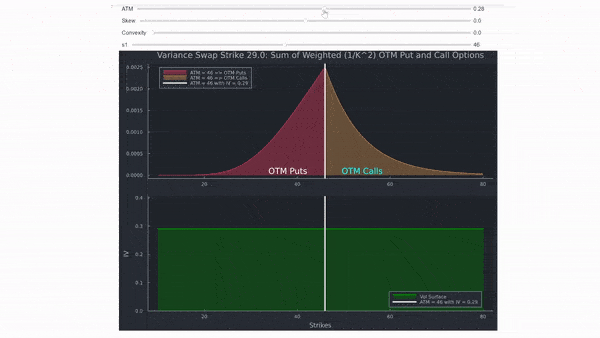The VIX is basically the option market's forecast of the volatility that will be realized in the S&P500 in the next 30 days. The index is calculated (simply said) as average implied volatility of a wide range of options with average time to expiration of 30 days (see VIX White Paper at CBOE for details).
When you compare the VIX with volatility realized in the recent history (standard deviation of returns over some recent period), it will often be very close, but rarely exactly the same. Also note the length of period you choose for the historical volatility calculation can have significant effect on the result (HV in the last 20 days may be quite different from HV in the last 60 days, for example).
More often than not, the VIX is a bit higher than recent realized volatility, especially when volatility in general is very low, like in most of 2017. Sometimes it can be lower though, typically when realized volatility has just spiked (like in a flash crash) - the VIX spikes too, but less, as the market expects volatility to calm down again in the near future.
You can trade the relationship between VIX and (the future - not the past) realized volatility, using S&P500 or SPY options, or VIX futures, options or ETNs. That said, it is not that simple (VIX derivatives can move quite differently from the spot VIX index, which is not directly tradable itself). It can also be very risky and I wouldn't call it arbitrage (no guaranteed profits, as the future is unknown).
Historically, implied volatility tends to be a bit higher than subsequent realized volatility. This is known as volatility risk premium and explained as a compensation for the risk of volatility spikes / market crashes that option sellers take (and option buyers insure themselves against).
Short volatility strategies which try to capture the volatility risk premium have been very popular in the recent years, and also very profitable, thanks to the steady low-volatility bull market we've had. But these strategies often lead to heavy losses when the market turns and volatility spikes, sometimes wiping out all their previous gains. There is no guaranteed profit without risk.



